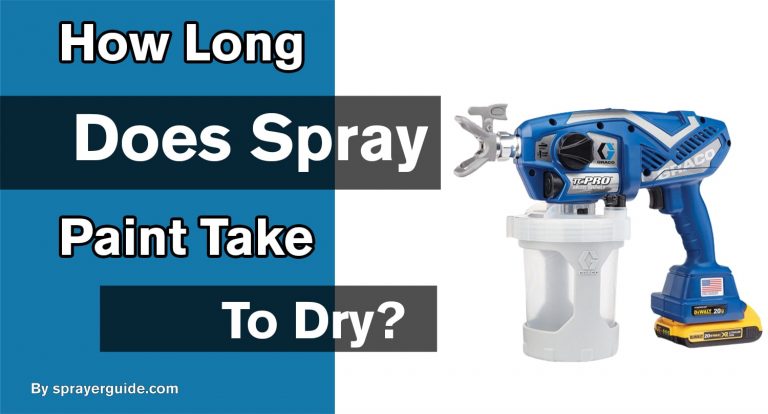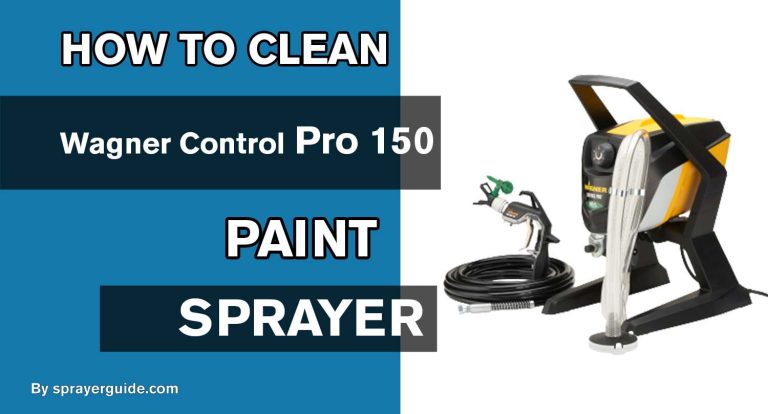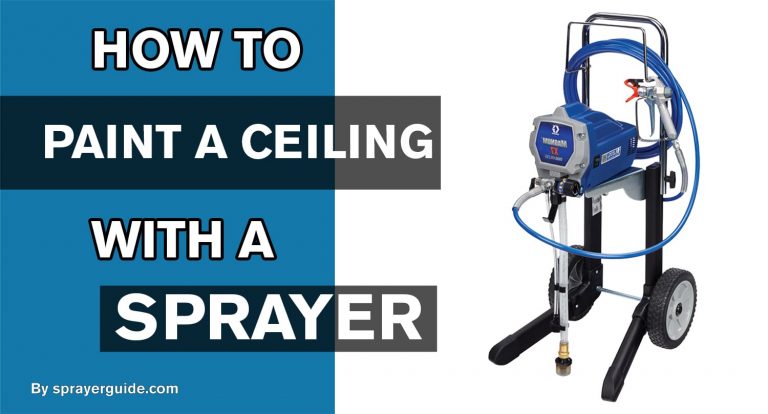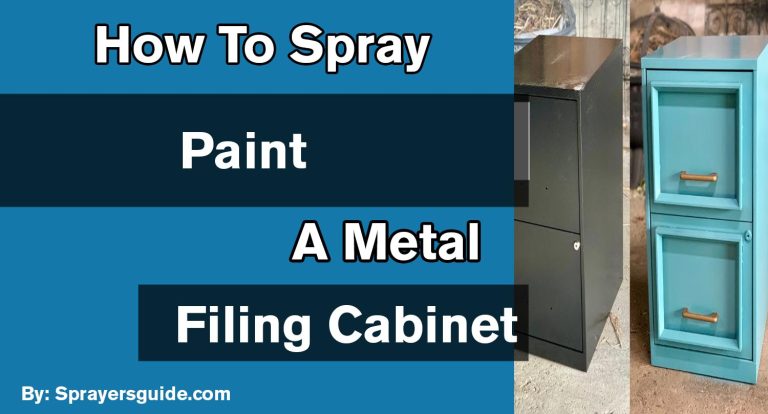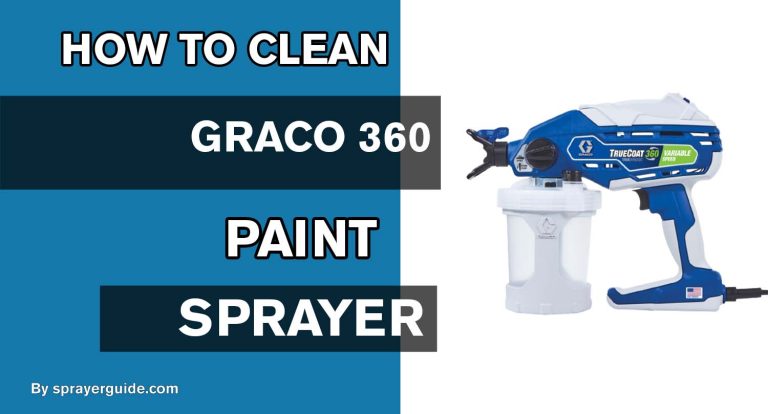Do you want to upgrade your ride and add a personalized touch? Spray painting your brake callipers is an easy way to give your car extra flair without spending too much money. With the right tools and safety equipment, you can customize the appearance of your vehicle with a few hours’ efforts. In this blog post, we’ll provide step-by-step instructions for how to spray paint brake callipers properly so that you can achieve the vibrant, long-lasting colour that oozes curb appeal when it comes time to hit the street or track. Let’s get started!

How To Spray Paint Brake Calipers
Things you will need:
- Wax and Grease Remover
This will help ensure the brake calliper’s surface is clean before painting.
- Duplicolor Caliper Paint
This type of paint is specifically designed for high-temperature applications, such as brakes, and will provide a durable finish that won’t crack or chip easily.
- Wire Brush
Use this to remove any dirt, grease, or rust from the surface of the calliper before painting it.
- Safety Glasses
Wear these to protect your eyes from paint particles that might fly into them during spraying.
- Dust Mask
Wearing a dust mask while spray painting is essential, as inhaling paint fumes can be dangerous.
- Gloves
It’s also a good idea to wear gloves when handling the calliper, as it may become hot during painting.
Preparing the Surface:
Before you paint your brake calliper, it’s vital to ensure the surface is clean and free from dirt, grease, or rust. Begin by wiping down the calliper with wax and grease remover, and then use a wire brush to remove any stubborn residue.
Applying Primer:
Once the surface has been cleaned, it’s time to apply primer. Start by shaking the can of primer for 2-3 minutes before spraying in even strokes over the calliper. Allow it to dry completely before applying another coat if needed.
Painting:
When the primer is completely dry, it’s time to paint. Shake the can of Duplicolor Caliper Paint for 2-3 minutes, then begin spraying in even strokes. Keep the can a few inches from the calliper when painting to avoid drips or runs.
Drying:
Allow the paint to dry completely before handling the calliper. This could take up to 24 hours, depending on environmental conditions and how thickly you applied the paint.
Applying Clear-coat:
Applying a clear coat after they have been painted and dried is a good idea to give your brake callipers an extra layer of protection. Shake the can of clear coat for 2-3 minutes and then spray onto the callipers in even strokes.
Curing Time:
Allow the clear coat to dry completely before handling or driving the vehicle. Depending on environmental conditions, this could take up to 24 hours.
Reinstalling:
Once the calipers have been painted and cured, it’s time to reinstall them onto your vehicle. Make sure that all connections are secure before you begin driving again.
Clean Up:
After you’ve finished painting and reinstalling the brake callipers, cleaning up any mess you may have made during the process is essential. Use a cloth dampened with wax and grease remover to wipe away any paint drips or spills from surfaces in your work area.
Safety Measures:
While spray painting your brake calliper is relatively straightforward, it’s important to remember some safety measures. Wear safety glasses, a dust mask, and gloves while painting, and keep the can of paint several inches away from the calliper to prevent drips or runs. Additionally, ensure that the area is well-ventilated to avoid inhaling fumes.
Frequently Asked Questions:
The Duplicolor Caliper Paint is the recommended paint, as it provides a durable finish that can withstand extreme temperatures and high brake system operating pressures. The paint comes in an aerosol spray can, so it’s easy to apply.
Use a wire brush to prep the surface before applying paint to get the best results when painting your brake calipers. Safety glasses and gloves are also recommended for protection against spray and fumes. A dust mask is also recommended if you work in an area with poor ventilation.
When spraying your brake calipers, you must work in a well-ventilated area and wear safety glasses, gloves, and a dust mask. Keeping the spray can hold at least 8-10 inches away from your painting surface is also essential.
It depends on several factors, such as humidity levels and temperature, but typically you should allow at least 24 hours for the paint to completely dry before driving your vehicle. Additionally, avoiding exposing your freshly painted callipers to moisture or direct sunlight is essential until they are fully cured.
Conclusion:
Finally, you can change the look of your brake callipers by spray painting them. It also keeps corrosion and other things from getting in the way of how well they work. Get all the supplies and tools you’ll need first. Then, get the surface ready by taping off any areas you don’t want to paint, applying several coats of wax and grease remover, and spray painting with Duplicolor Caliper Paint. Wear safety glasses, gloves, and a dust mask while you work, and clean your clothes of any paint or dust that gets on them before you drive. With these steps, changing the look of your brake callipers should be easy.
Read More:
- How Long Does Primer Spray Paint Take To Dry
- How To Spray Paint Wood Chairs
- How To Thin Water-Based Paint For Roller
- How Long Does Spray Paint Take To Dry Metal
- Is It Better To Spray Or Roll the Interior Paint
- Does A Paint Sprayer Use More Paint Than A Roller
- How To Thin Water-Based Paint For Spraying
- How To Clean Wagner 350 Paint Sprayer
- How To Paint A Textured Ceiling With A Roller
- Which Is Better, Air Or Airless Paint Sprayer
- How To Use Hvlp Spray Gun
- How Long Does Spray Paint Take To Dry On Cardboard
- Graco Magnum Prox17 VS X5

